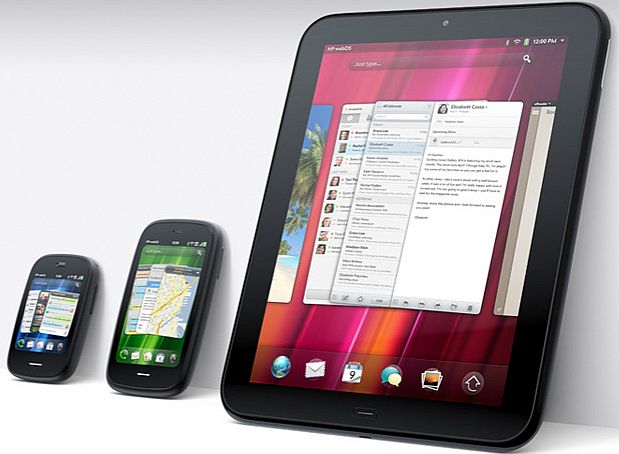WebOS Exec Rubinstein Quits HP

The departure of Jon Rubinstein ends the last link to HP’s webOS mobile device efforts
Former Palm chief executive Jon Rubinstein has left Hewlett-Packard. His departure is the final nail in the coffin of HP’s current round of mobile-device efforts.
Once an Apple executive who helped shepherd the iMac and iPod to production, Rubinstein later became chief executive of Palm and launched the Pre, a smartphone running the webOS mobile operating system. Despite some early hopes that the Pre would challenge the iPhone, the device failed to take significant market share away from Apple or other competitors in the space.
webOS and HP
However, webOS earned a second shot at the title when HP acquired Palm for $1.2 billion (£760m) in 2010. HP first loaded the operating system onto the TouchPad, a tablet it hoped would compete with Apple’s iPad for share of the burgeoning US consumer tablet market.
 In a February 2011 presentation before analysts and media, Rubinstein – by this time an HP executive – detailed how the TouchPad would be the first of multiple mobile devices running webOS, including the Palm Pre3 and Veer smartphones.
In a February 2011 presentation before analysts and media, Rubinstein – by this time an HP executive – detailed how the TouchPad would be the first of multiple mobile devices running webOS, including the Palm Pre3 and Veer smartphones.
Within six weeks of the TouchPad’s 1 July release, however, anemic sales led then-chief executive Leo Apotheker to order the project terminated. At the same time, he killed HP’s nascent webOS smartphone plans. A few weeks later HP’s board forced him out, and his successor, Meg Whitman, decided to make webOS open source rather than sell or mothball it.
Despite the marketplace failure of webOS as an HP project, Rubinstein continued to praise the software on his way out the company’s front door. “We built an amazing OS in webOS,” He told online publication The Verge on 27 January, which managed to find him already taking time off in Mexico. “It’s very advanced, it’s where things are going. But we ran out of runway, and we ended up at HP and HP wasn’t in good enough shape on its own to be able to support the effort.”
HP has indicated it will serve as an “investor” in the open-sourced webOS and work to “avoid fragmentation” of the code, although the extent of its financial participation remains unclear. The decision gives a broad cross-section of players – from developers to HP engineers – the ability to tweak and enhance the platform as they see fit.
The road to open source
Last week, HP offered a glimpse of its near-term roadmap for webOS, which will climax with the source code available under an open-source licence by September. HP also plans on releasing version 2.0 of Enyo, the webOS developer tool.
“We were already on the path to open source Enyo, as a cross development platform,” Rubinstein told The Verge. “That was already in the plans, so I think [open-source webOS is] a good thing.” He added: “If people put some real effort into it, I think you will see a resurgence of devices at some point.”
HP’s next effort in mobility will come in conjunction with Microsoft, as the company plans to become one of several manufacturers building tablets loaded with Windows 8.
Nor has it shut the door entirely on building new hardware with webOS at some future date. But on a concrete level, its current effort to make webOS into a marketable set of products is done.